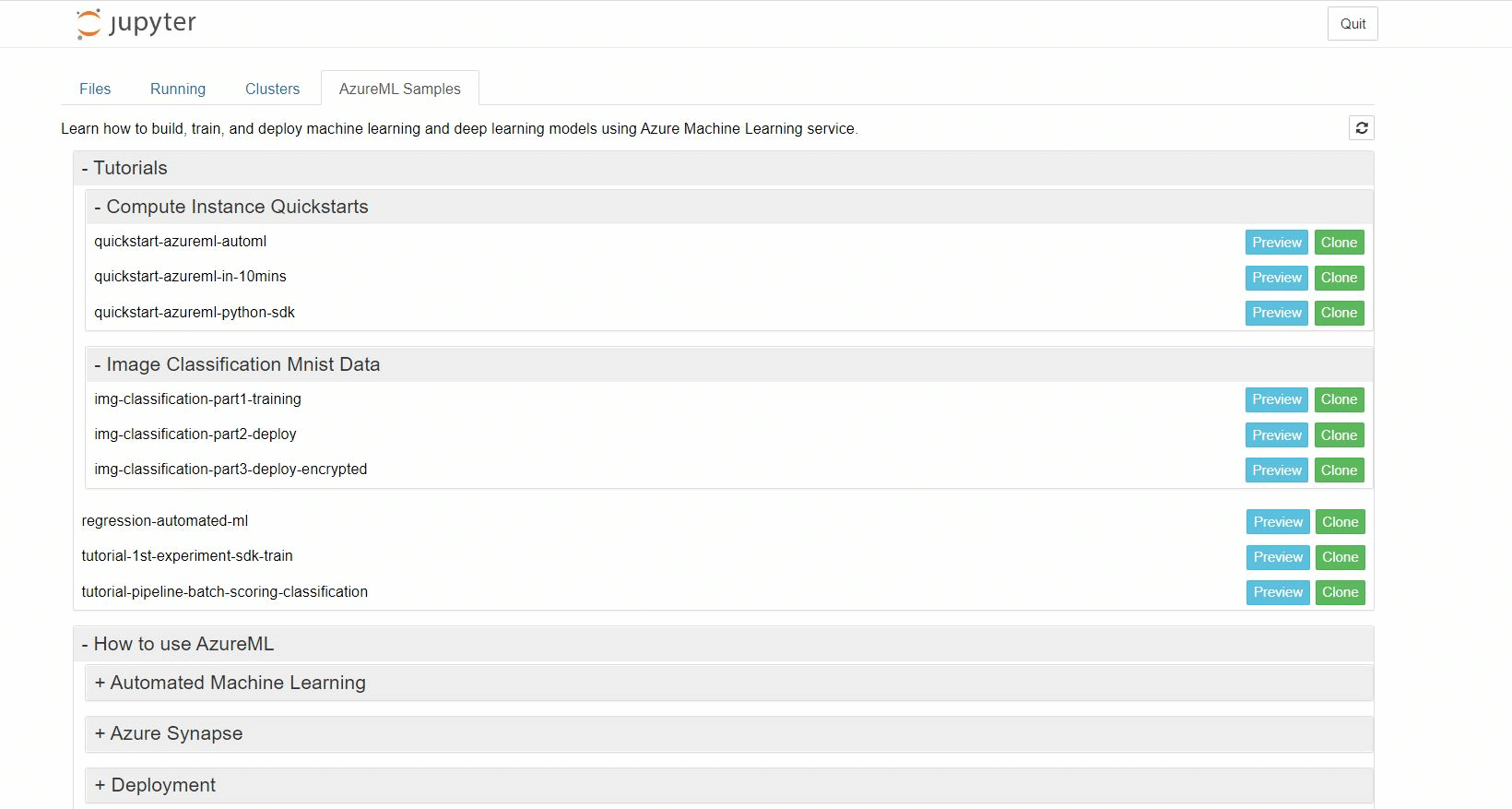If you’re pursuing a career as an Azure data scientist, you have probably heard of the Microsoft Azure DP-100 exam.
Before you go, “No! Not another certification exam!”…just hear me out. The DP-100 exam is actually worth your while.
Data scientists are hot commodities in today’s job market. Getting the Azure Data Scientist Associate certificate from Microsoft opens up many career opportunities no matter where you are in the world.
Here’s everything you need to know about preparing for the DP-100 exam so you pass with flying colors.
Do I Need to Take the DP-100 Exam?
The DP-100 exam (Designing and Implementing a Data Science Solution on Azure) leads you to the Azure Data Scientist Associate certificate. To pass the exam, you’ll need to demonstrate your knowledge in data science and the ability to implement machine learning (ML) workloads on Azure.
Passing the DP-100 exam isn’t just about checking off a box on your certification list. This role-based associate-level certification prepares you for real-world job responsibilities as an Azure data scientist.
DP-100 exam topics include creating working environments for data science workloads on Azure, running data experiments, and training predictive models. You’ll also learn to deploy, manage, and optimize ML models.
As more organizations recognize the value of data science, this certification will set you up for many opportunities in today’s job market. The national average salary for an associate data scientist is $92,059 per year, and Azure data scientists earn an average of $165,000 per year.
It takes only $165 to sign up for the exam…that’s a darn good investment.
How to Prepare for the Microsoft Azure DP-100 Exam
Now the rubber meets the road. How difficult is DP-100?
To pass the exam, you should know how to define a development environment, prepare data for modeling, perform feature engineering, and develop data models. Mastering all these skills isn’t exactly a walk in the park, but with the right preparation, it’s very doable.
How do you eat an elephant? One bite at a time! Chunk down the materials and pace yourself. That’s what I did and I passed the exam in one and a half months. Here are some key steps and resources…
1. MS Learn
Read the exam skills outline document, which Microsoft updates regularly. You can also access online materials to support the four learning paths at no cost on the website.
You’ll learn Python implementations of regression, classification, and clustering algorithms. You’ll also work with PyTorch and TensorFlow notebooks to get familiar with the Azure Machine Learning Studio and Workspace.
2. Official Practice Test
To make sure you cover everything in your DP-100 exam prep, sign up for an official practice test to familiarize yourself with DP-100 exam questions and format. As you review the answer explanations, follow the reference links to see the code snippets and learn the classes and functions you’ll need to know for the exam.
Here’s the fine print: Most official practice test sites aren’t keeping up with the exam’s latest content. Microsoft updates the outlines and adds new topics regularly. As such, you should pay close attention to changes in the “exam skills outline” document.
3. Sample Templates
As with most things, practice makes perfect. While you progress through the official practice tests, you should implement and execute what you have learned using the sample Azure ML notebooks at the same time. The MS Learn tutorial will show you how to set up a free Azure account and workspace or you can sign up here.
Access the notebooks by creating a compute instance resource in Azure ML studio.
Then, go to the Azure ML sample notebooks tab, where you’ll find the Jupyter Notebook.
The text cells in the notebooks will help you get a good grasp of ML workflows, such as setting up a workspace, loading datasets, creating pipelines, publishing, and deploying models.
4. Exam Format
Last but not least, familiarize yourself with the exam format. The DP-100 exam topics cover four modules:
- Set up an Azure ML workspace
- Run experiments and train models
- Optimize and manage models
- Deploy and consume models
Some examples of the types of questions that you may encounter during the DP-100 exam include data drift, the concept of backfill, setting up an alert, and scheduling. Additionally, you should know how to define your compute and deployments targets.
You’ll have 120 minutes to answer 40 to 60 DP-100 exam questions. There will be several question types, including multiple-choice questions (single and multiple answers,) sequence reordering, scenario-based questions, and fill-in-the-blank questions to complete the code.
The passing score for the DP-100 exam is 700/1000.
Get Support and Don’t Forget to Celebrate
Find a study partner or join a couple of online forums to get support. Microsoft also offers various DP-100 exam resources to help you navigate the DP-100 exam topics.
Create notes as you go through the materials so you can refer to them before the exam to refresh your memory. You can also set up a GitHub page as I did and draw from this repository of notes and notebooks when it comes time to renew your certification.
When you’re ready, simply schedule the exam on your Microsoft learning dashboard. Also consider purchasing these special packages for practice tests, exams, and exam replay.
After you get the certification, don’t be shy to brag about it! Add it to your LinkedIn profile, update your resume, and share it on social channels to encourage others to pursue this career path.






